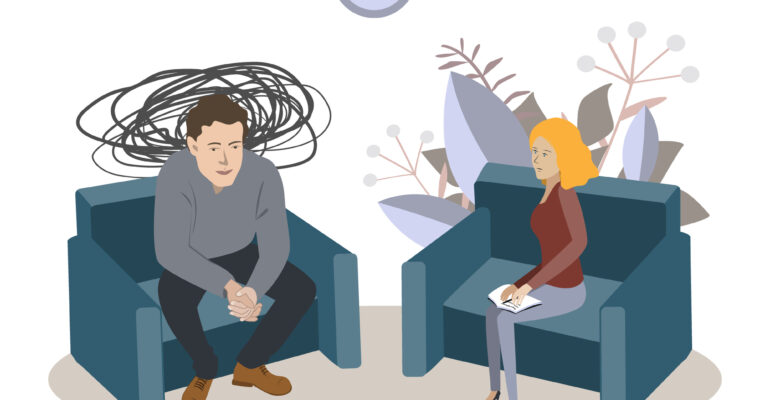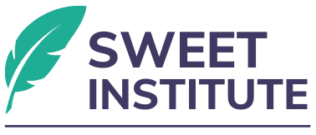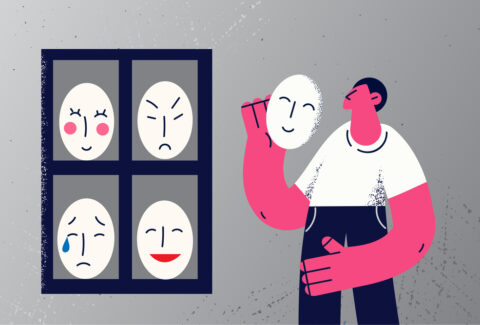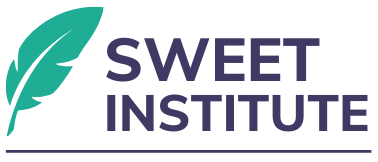Cognitive Behavioral Therapy for Anxiety Disorders: A Structured and Experiential Framework for Lasting Change

Cognitive Behavioral Therapy for Anxiety Disorders: A Structured and Experiential Framework for Lasting Change
Abstract
Cognitive Behavioral Therapy (CBT) is the gold standard for the treatment of anxiety disorders. This article presents a practical, session-based CBT framework specifically adapted for generalized anxiety disorder, panic disorder, and social anxiety. Emphasizing both cognitive restructuring and exposure-based interventions, the model introduces experiential components, such as interoceptive exposure, worry scheduling, and the use of behavior experiments. The approach is relational, structured, and firmly rooted in the evidence base. Drawing on recent advances in neuroscience, emotion regulation, and inhibitory learning theory, this article guides clinicians through the first three sessions of CBT for anxiety and provides case-based illustrations, implementation strategies, and clinical reflections.
Keywords
CBT, Anxiety Disorders, Exposure Therapy, Cognitive Restructuring, Worry, Interoceptive Exposure, Thought Record, Behavior Experiments
Introduction
Anxiety disorders are the most common mental health conditions, affecting an estimated 301 million people globally (WHO, 2023). Cognitive Behavioral Therapy (CBT) has shown consistent efficacy across anxiety subtypes and is recommended as a first-line treatment by both the American Psychological Association (APA) and the National Institute for Health and Care Excellence (NICE). Despite this, the practical application of CBT—especially when it comes to exposure and restructuring techniques—often remains inconsistent across clinical settings. This article provides a clear, experiential roadmap for applying CBT to anxiety disorders in a way that is relational, evidence-based, and designed for long-term change.
Method and Framework
This approach to CBT for anxiety includes:
1. Psychoeducation and symptom mapping using the 5-Area Model
2. Identification and restructuring of worry-based automatic thoughts
3. Behavioral and interoceptive exposure to reduce avoidance and increase tolerance
The framework integrates Beck’s cognitive model, Barlow’s triple-vulnerability theory, and Craske’s inhibitory learning theory. Sessions are designed to foster insight, disrupt safety behaviors, and strengthen new learning through experiential practice.
Session-by-Session Application
Week 1: Mapping Anxiety and the Avoidance Cycle
Clients begin by identifying their triggers, thoughts, physical sensations, and typical avoidance behaviors. Using the 5-Area CBT model, anxiety is mapped as a self-perpetuating loop: perceived threat → catastrophic thought → physiological arousal → escape or avoidance → short-term relief → reinforced belief in danger. The therapist and client collaboratively identify avoidance patterns and begin to explore new responses to anxiety-provoking situations.
Week 2: Thought Records and Cognitive Restructuring
Clients learn to complete thought records targeting common anxious predictions (e.g., ‘I’ll embarrass myself,’ ‘I won’t be able to cope’). Through guided Socratic questioning, clients examine the evidence for and against these thoughts and generate more balanced, reality-based alternatives. Clinicians are encouraged to focus not just on the content of the thought but the function—what the worry is protecting against emotionally or interpersonally.
Week 3: Interoceptive and Situational Exposure
This session focuses on exposure techniques designed to disrupt the avoidance cycle. Clients engage in interoceptive exposure (e.g., hyperventilation, spinning, breath-holding) to build tolerance to feared sensations, as well as in vivo exposure for external triggers. Clinicians are guided to use exposure as a tool not for habituation alone, but for new learning—clients discover that feared outcomes are unlikely or tolerable, and that they can respond flexibly to anxiety.
Discussion
CBT for anxiety requires a balance of structure and responsiveness. By combining cognitive techniques with targeted exposure, therapists help clients shift from avoidance to engagement. This experiential approach prioritizes tolerating discomfort in service of long-term freedom and reinforces a growth-oriented therapeutic alliance. Clinicians must tailor interventions to the client’s fear structure and readiness, using exposure as a means of empowerment rather than confrontation.
Conclusion
Anxiety thrives on avoidance. CBT empowers clients to face what they fear, question what they believe, and reclaim the capacity to choose. The first three weeks of this framework establish the foundation for lasting change by combining understanding, insight, and courageous action. When applied experientially and relationally, CBT becomes more than a protocol—it becomes a pathway toward resilience.
References
- Beck, A. T., Emery, G., & Greenberg, R. L. (2005). Anxiety disorders and phobias: A cognitive perspective. Basic Books.
- Barlow, D. H. (2002). Anxiety and its disorders: The nature and treatment of anxiety and panic (2nd ed.). Guilford Press.
- Craske, M. G., Treanor, M., Conway, C. C., Zbozinek, T., & Vervliet, B. (2014). Maximizing exposure therapy: An inhibitory learning approach. Behaviour Research and Therapy, 58, 10–23.
- World Health Organization (2023). Anxiety disorders. https://www.who.int/news-room/fact-sheets/detail/anxiety-disorders






